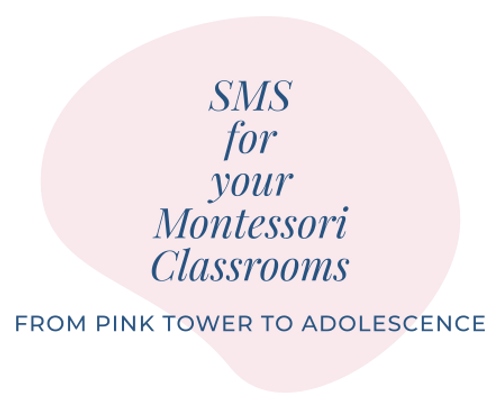Spiral Education in Montessori Secondary: Building Critical Thinking and Deep Learning Across Grade Levels
- Anne Slamkowski
- May 9
- 2 min read

In a world that often pushes adolescents to memorize and move on, Montessori secondary education takes a different approach. Rather than rushing through content, spiral education revisits essential concepts across multiple years, each time with more depth and complexity. This approach not only fosters critical thinking but also aligns with key principles of adolescent brain development.
Why Spiral Education Matters for Adolescents
According to Dr. Daniel Siegel, the adolescent brain is wired for novelty, connection, and integration (Siegel, 2013). Spiral education leverages these developmental needs by revisiting key concepts in varied contexts, allowing adolescents to deepen their understanding and make interdisciplinary connections.
What Does Spiraling Look Like?
Science: In middle school, students explore the basics of ecology by tracking water quality in a local river. In high school, they revisit that data to analyze patterns, propose solutions, and connect findings to environmental policy. Siegel notes that this kind of experiential learning fosters executive function and critical thinking (Siegel, 2013).
Humanities: In middle school, students study historical narratives through primary sources. In high school, they return to those sources, now analyzing them through the lens of modern-day conflicts and ethical dilemmas. This approach helps adolescents integrate emotional and cognitive learning, a vital component of healthy brain development (Siegel, 2013).
Math: In middle school, students learn basic budgeting for a classroom business project. In high school, that foundation spirals into financial planning and economics, culminating in a student-run investment project. This iterative learning process builds financial literacy and real-world application skills that adolescents need to thrive.
The Benefits of Spiral Education
Spiral education isn’t just about repetition; it’s about reframing, reapplying, and deepening understanding. For adolescents, this approach mirrors the natural process of brain development, where the prefrontal cortex continues to mature through a process of integration and reflection (Siegel, 2013).
In Montessori, learning isn’t linear—it’s cyclical, designed to help students revisit, reframe, and refine their understanding as they grow.
References:
Montessori, Maria. From Childhood to Adolescence. 1948.
Duffy, M. & Duffy, D. Children of the Universe: Cosmic Education in the Montessori Elementary Classroom. Parent Child Press, 2002.
Kahn, David. The Montessori Adolescent Program. NAMTA, 2003.
National Center for Montessori in the Public Sector (NCMPS). Montessori High School: A Guide for Parents and Educators. 2020.
Siegel, Daniel. Brainstorm: The Power and Purpose of the Teenage Brain, 2013.




Comments